It was almost a year before the end of the COVID pandemic, back in August 2022, when we first experienced the new wave of BYD mobility vehicles beginning with the Dolphin. Under the new distributor management of AC Mobility, the Dolphin now has a more tempered aesthetic yet gains more refinement and more standard equipment for a whopping P400,000.00 less and offered in three exterior colors as well as three interior color options.
The Dolphin is an all-electric subcompact hatchback that will definitely turn the tide for the brand in our market. The previous distributor had three levels of packaging that included the more powerful 174 hp/214 lb-ft (130 kW/290 Nm) motor with two color schemes. The updated model you see here in modest yet tasteful Cream White no longer has the funky interior patterns that resembled the skin of a Tokay gecko and uses a better pedestrian sound generator under 30 km/h to remind people that an electrified vehicle is nearby. The front-wheel driven Dolphin GLX is the lone model of the series offered at the moment and produces 94 hp/133 lb-ft (70 kW/180 Nm). The Dolphin was designed by the former AUDI design chief (he was also the design chief at different periods for Alfa Romeo, SEAT, Lancia, and Lamborghini), Wolfgang Egger, who is now the Global Design Director for BYD. Egger designed one of my favorite cars of all time, the Alfa Romeo 8C Competizione.
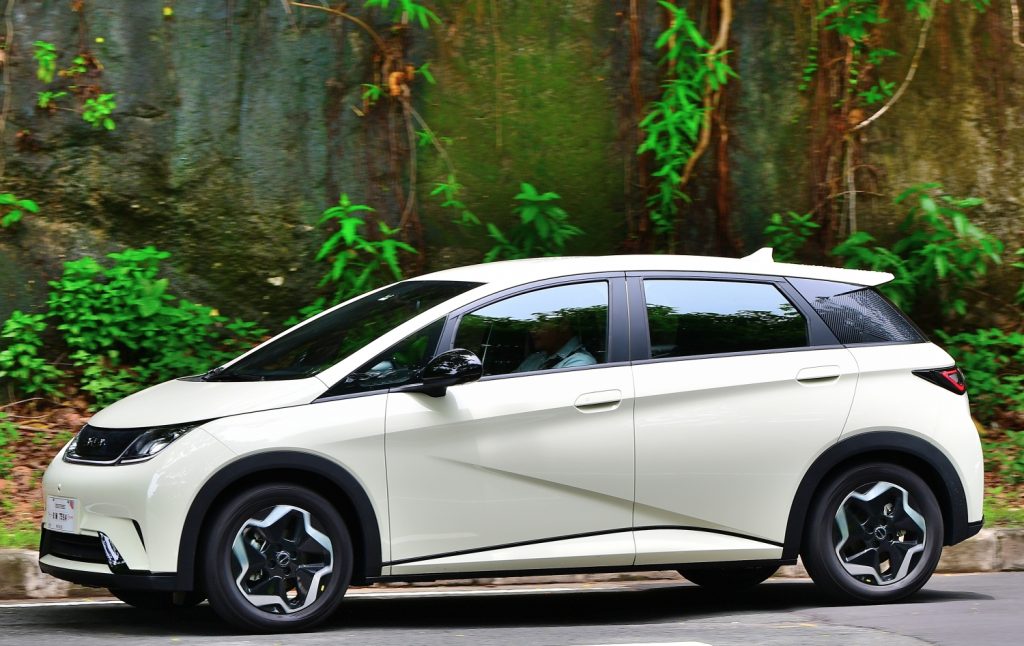
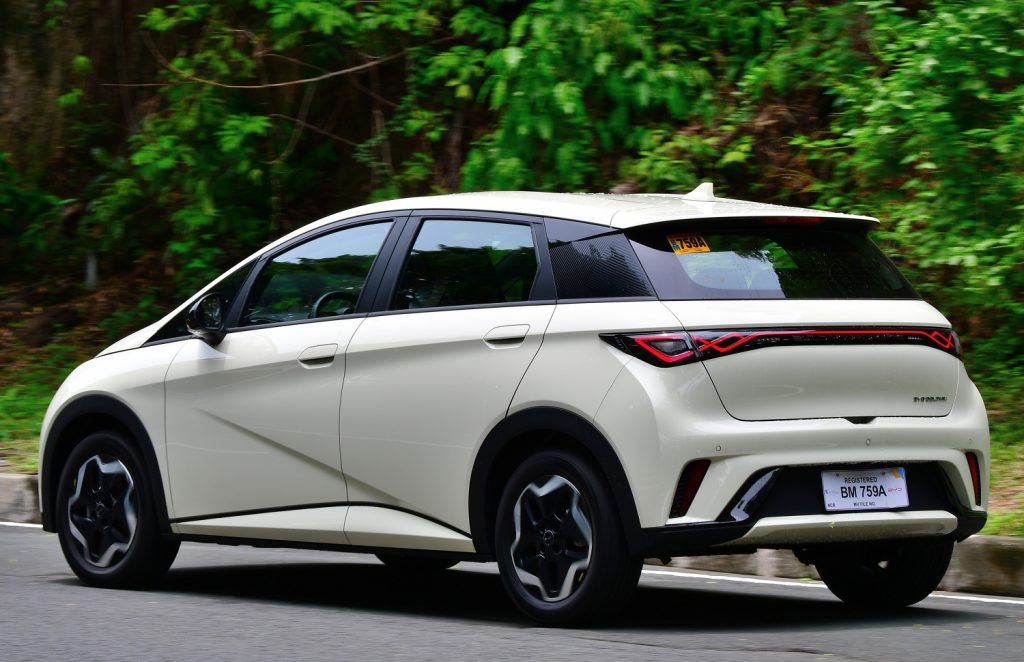
The Dolphin literally sparks a whole new wave for BYD, it is the first model of a series that applied the “Marine Aesthetics” design language, the first model to use the new brand logo treatment, and the first model produced on the all-new scalable “e-platform 3.0” architecture that integrates the company’s ultra-safe 44.9 kWh Lithium-Iron Phosphate Blade battery pack systems as a stressed member for a significantly more rigid structure while allowing a myriad of near future features like less than 3-second acceleration times from 0-100 km/h, 1,000 kilometer range, and rapid charging abilities to gain a 150 kilometer range in five minutes using 800-volt high-power chargers.
The Dolphin still reminds me of the Buck Rogers character Twiki, but it does have the bulbous Beluga Whale vibe too. It looks futuristic and organic at the same time. The fluid optimized proportions maximize interior cabin space from a fairly long 2700 mm wheelbase. It has excellent full-LED headlights and lovely fine signature taillights inspired from the Chinese knotting handicraft with the “Build your Dreams” moniker in 3D-lettering centered in the taillight cluster. The aerodynamic dish-style star two-tone 16-inch alloys are wrapped with 195/60R16 89H Chao Yang Radial RP76 tires that rides quite well and quietly so you can run them until they need to be replaced without concern.
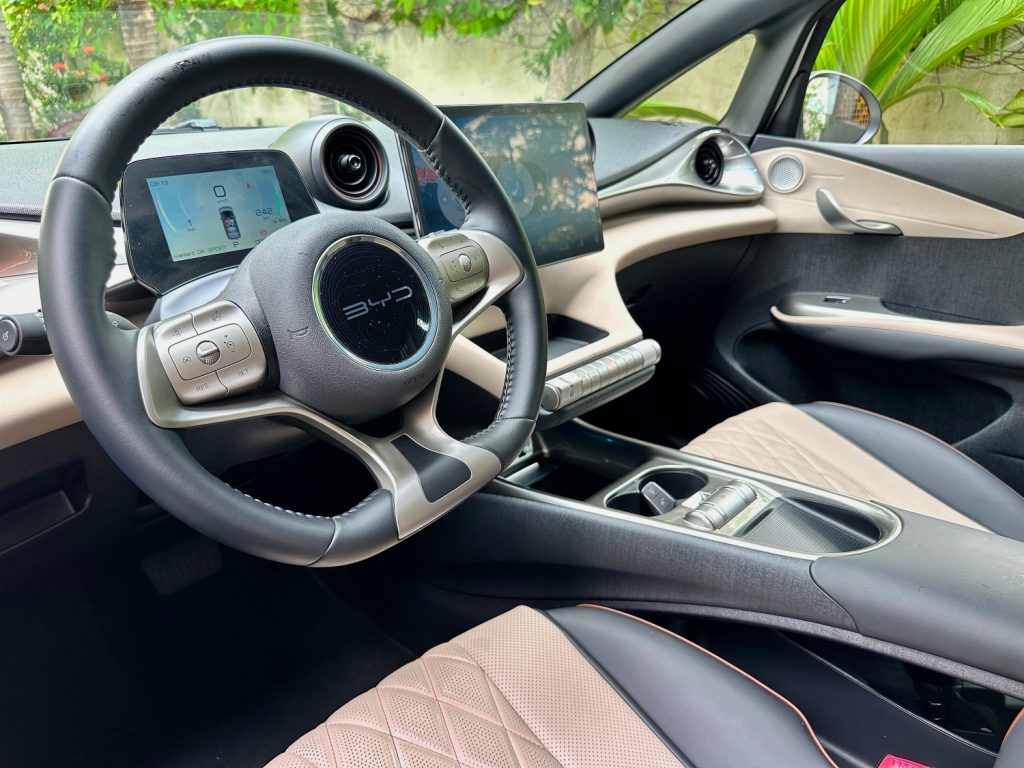
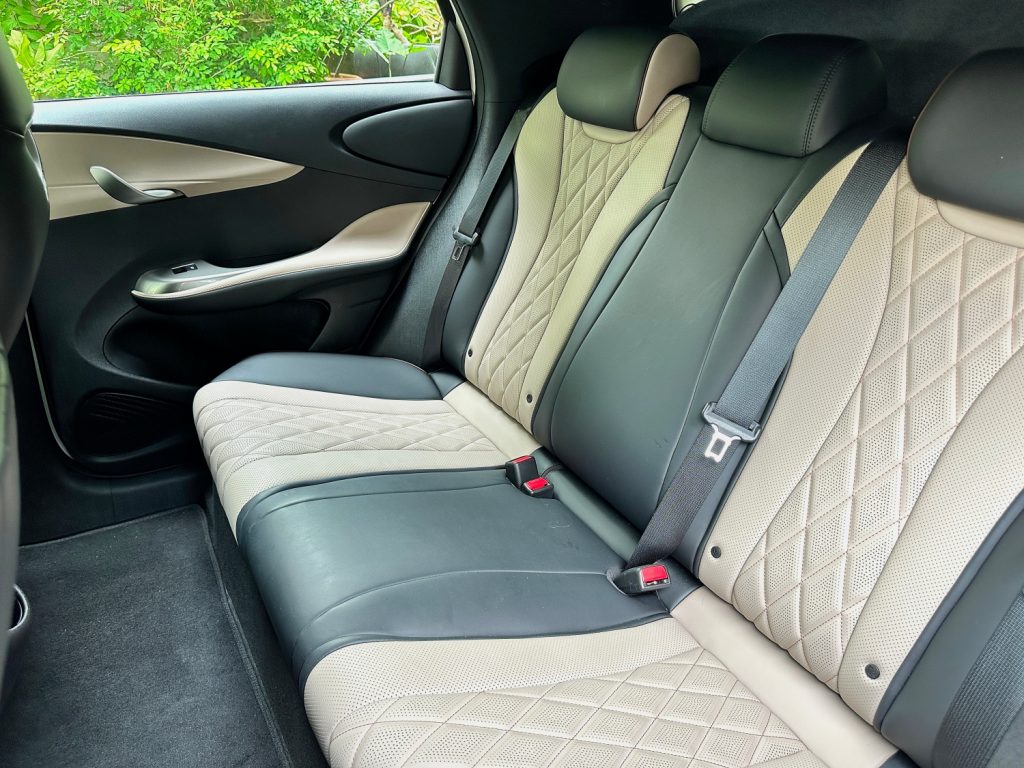
It is 4125 mm long and 1770 mm wide with a height of 1570 mm. It has the same wheelbase length of a Nissan Leaf albeit with a slightly smaller interior footprint yet feels more spacious. The trunk space is 345 liters with the rear seats up, and 1310 liters when the rear bench is down though the rear bench does not split. The drag coefficient is .30cd, will accelerate from 0-100 km/h in a realistic and consistent 9.8 seconds on Sport mode, and has a governed top speed of 150 km/h. With the 44.9-kWh lithium iron phosphate Blade battery pack, the Dolphin can achieve up to 400 road kilometers on a full charge with an overall 13.2 kWh/100 km efficiency rating. The brakes use 10.2-inch (260 mm) ventilated discs with 1-piston calipers in the front while the rear are 9.8-inch (250 mm) solid discs with 1-piston calipers supported by an Integrated Electric Parking Brake, ABS, Dynamic Stability & Traction Controls, and Regenerative Braking, combined with more standard safety equipment and cruise control.
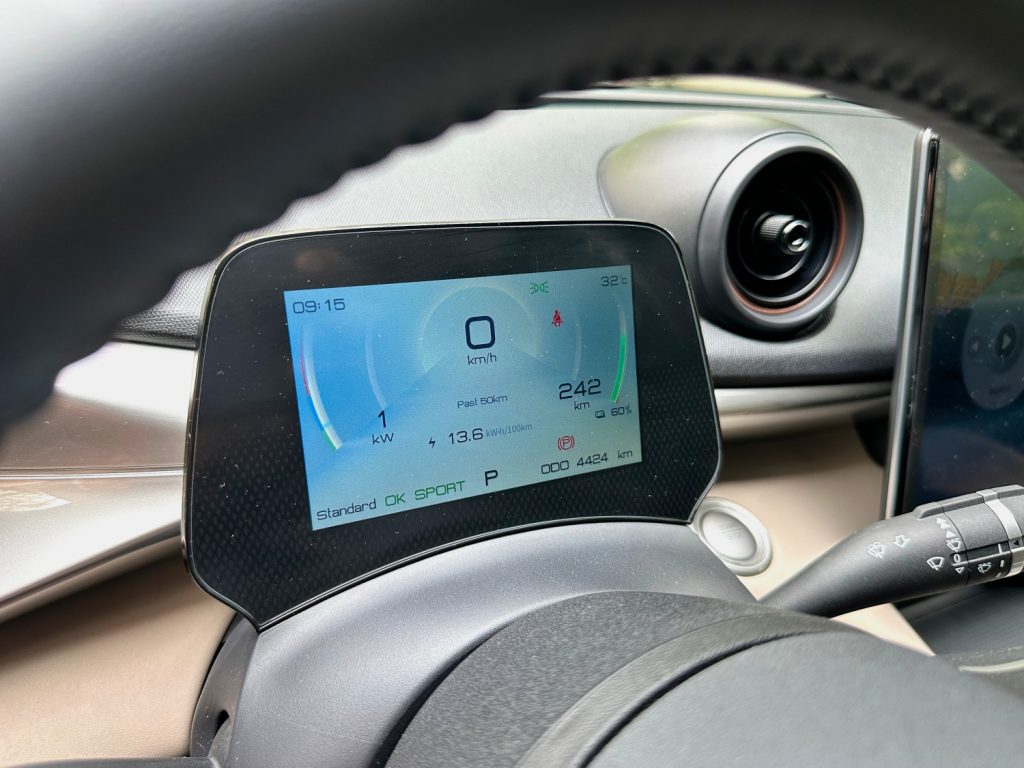
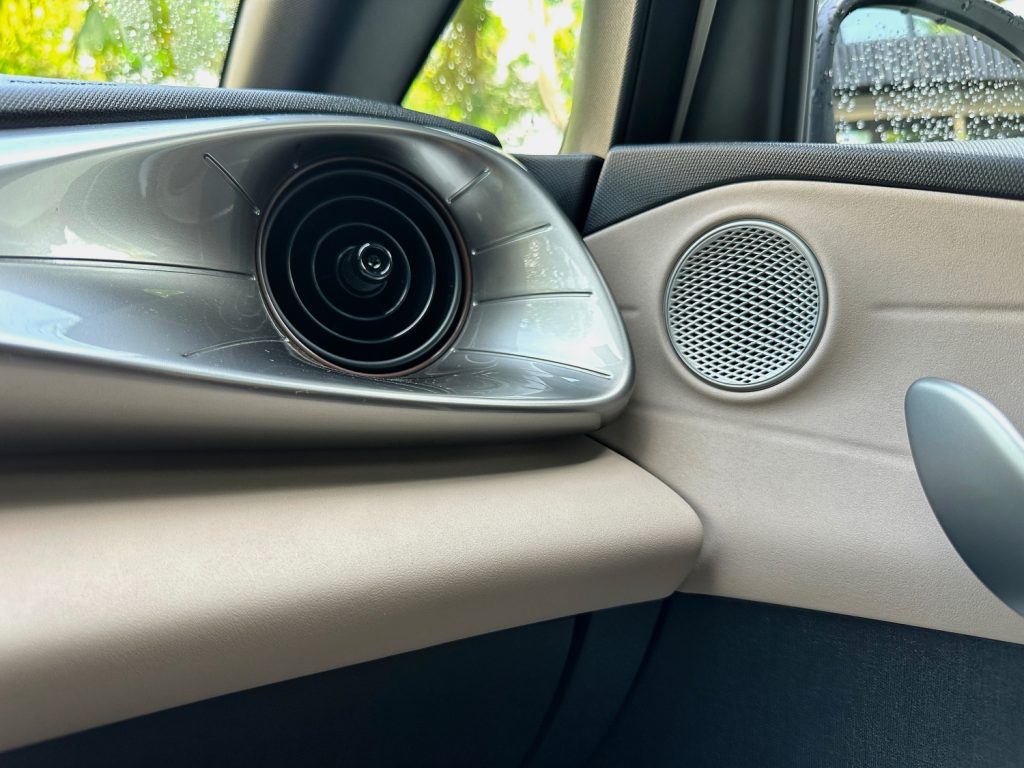
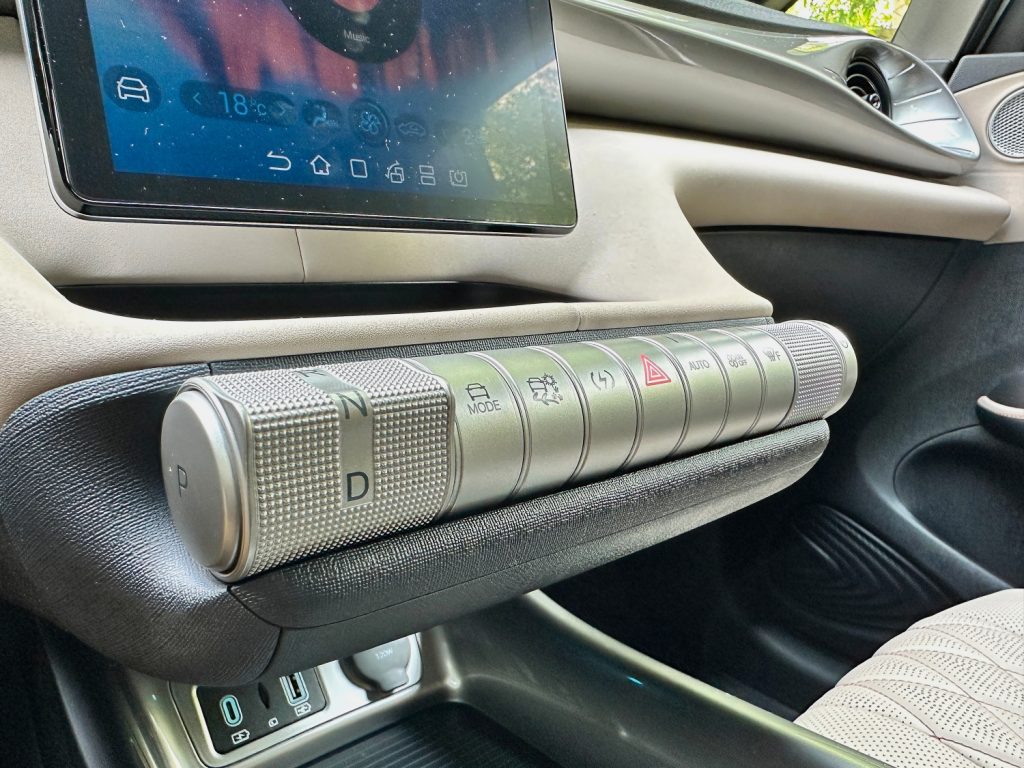
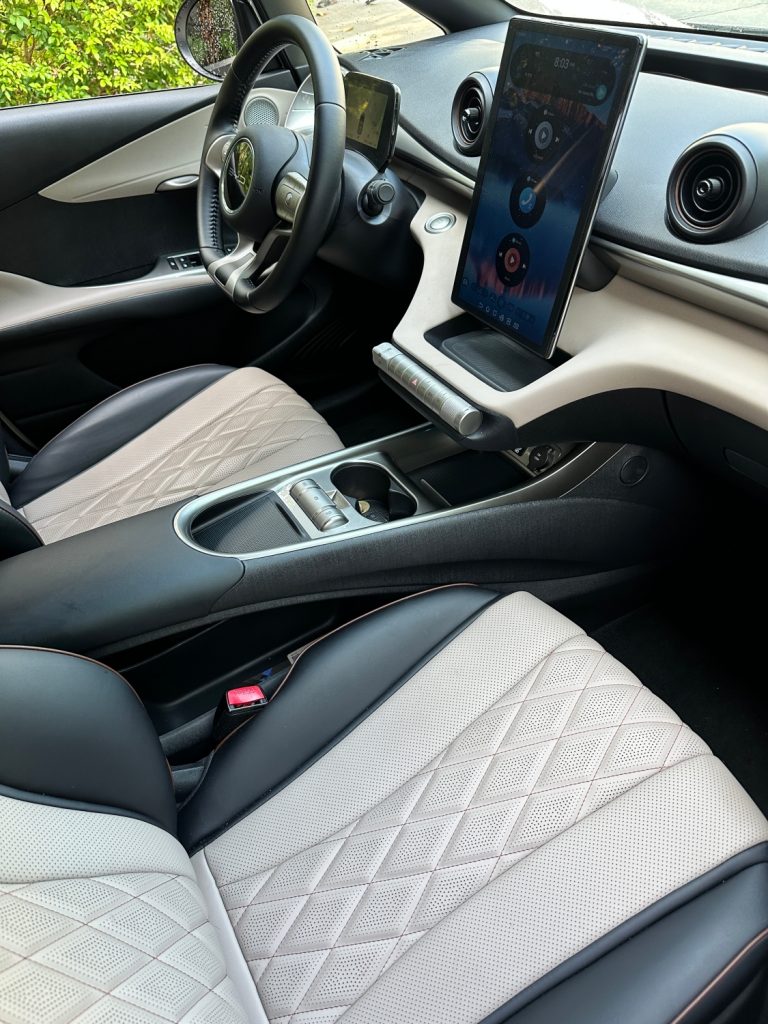
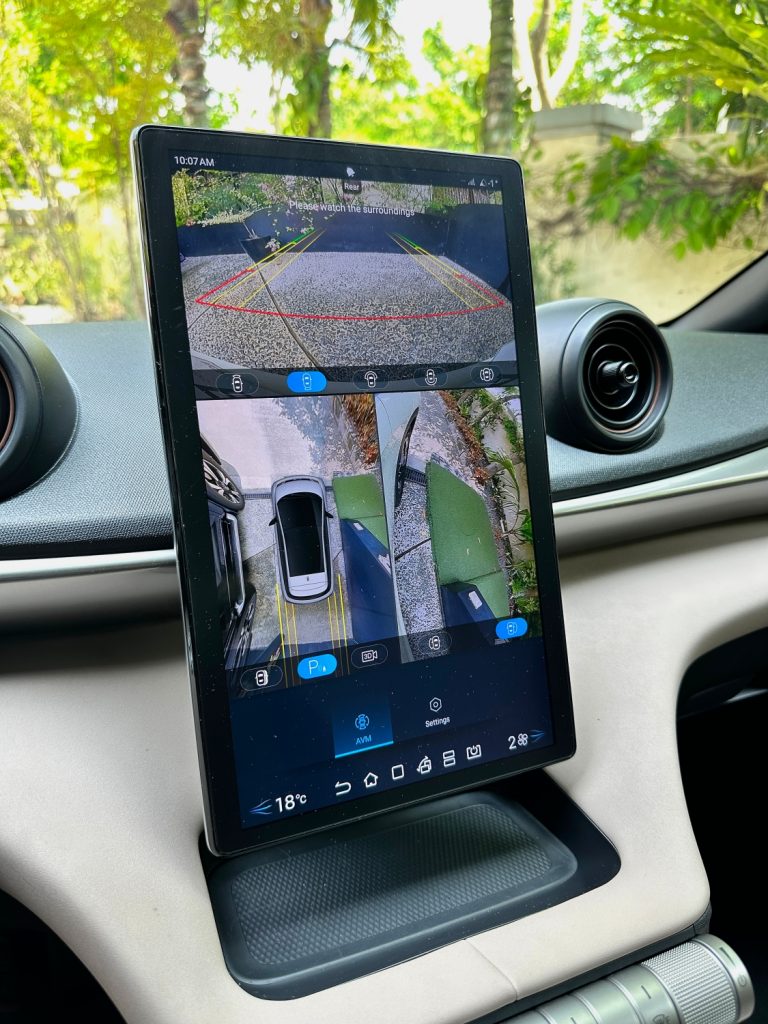
The interior has quite a number of unique design and functional treatments beyond the central rotating 12.8-inch touchscreen infotainment system optimized in landscape orientation which also displays the 360-degree camera images. The cylindrical panel switchgear of physical controls on the center console with rotary dials manage most functions directly with a clever little rocker gear selector switch that manages reverse, neutral, and forward drive with a simple flick. The sport one-piece bucket seats and rear bench are very attractive and comfortable. The tasteful floating metallic door releases, rotary turbo climate control vents, 5-inch digital instrument cluster, nicely designed speaker grilles with six good sounding Dirac HD speakers, and rubberized floating shelf in the middle all contribute to a compelling and well-built interior. Rear legroom is very ample and spacious though I wish it also had rear climate control vents and a wireless phonecharger in the front dashboard.
The quirky but endearing BYD Dolphin GLX is sold at P1,398,000.00, with a strong factory warranty: 6-year or 150,000-kilometer vehicle factory warranty and an 8-year or 160,000-kilometer warranty on the battery. When purchased from AC Mobility, the BYD Dolphin GLX comes standard with 2 chargers; a portable 1.6 kWh unit for household sockets and a 7-kW wall mounted charger. A full charge for a completely depleted battery will cost approximately P525.00, which would take around 7 to 8 hours to charge using an AC charger.

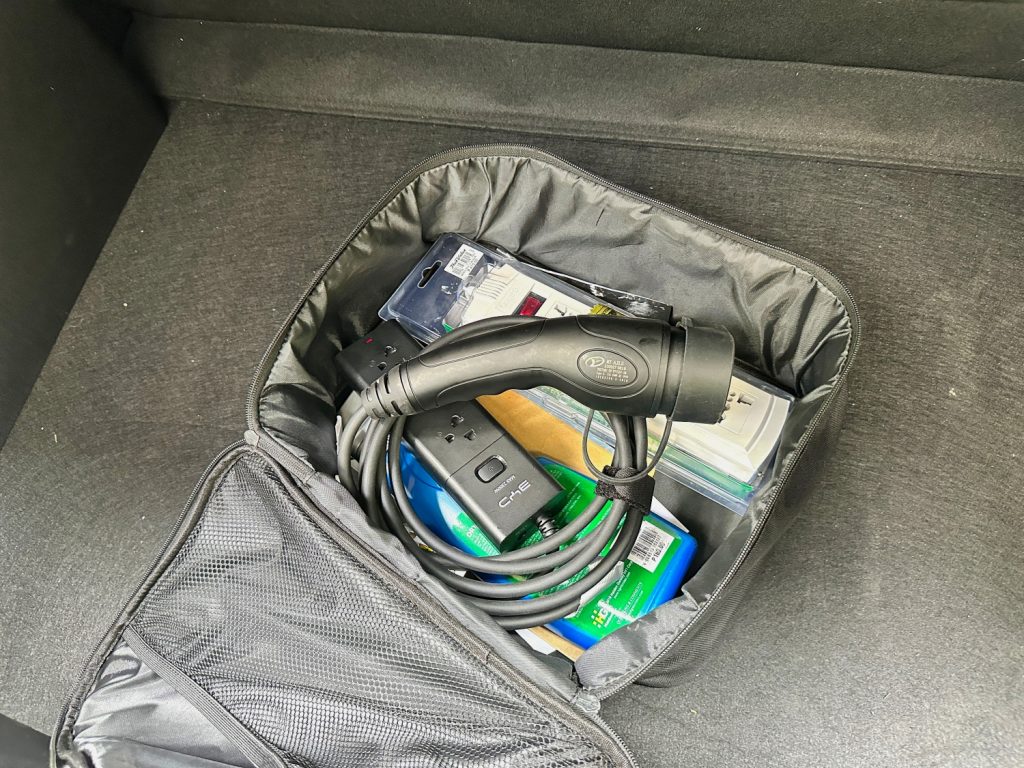
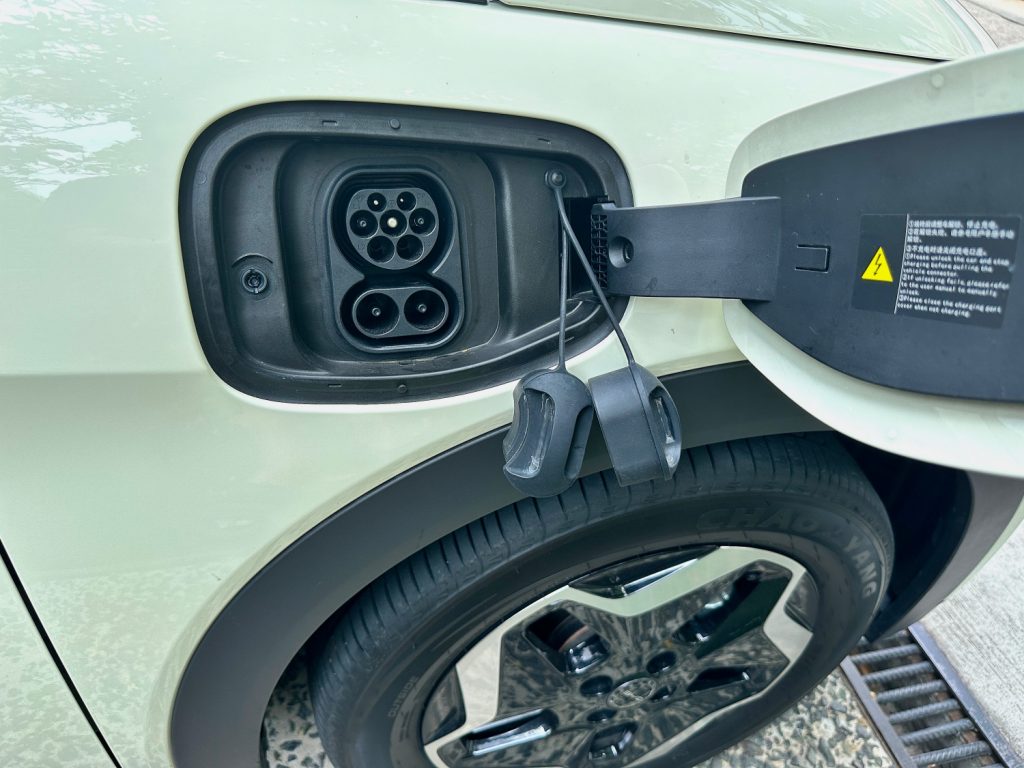
I hope in the near future that BYD Philippines imports the Dolphin Champion Edition which has 520 kilometers of range (using a 60.48 kWh LFP battery) combined with a 201 hp/229 lb-ft motor which would make the little porpoise a hot hatch!
The BYD Dolphin GLX is currently the most affordable fully electric subcompact hatchback in our market with very manageable compromises and exceptional build quality. It is zippy and handles really well as it absorbs our Philippine road conditions. With the cost of fuel becoming quite restrictive, the coding-free BYD Dolphin is a solid and efficient alternative for daily commuting which can realistically be enjoyed on long weekend journeys out of the city.

